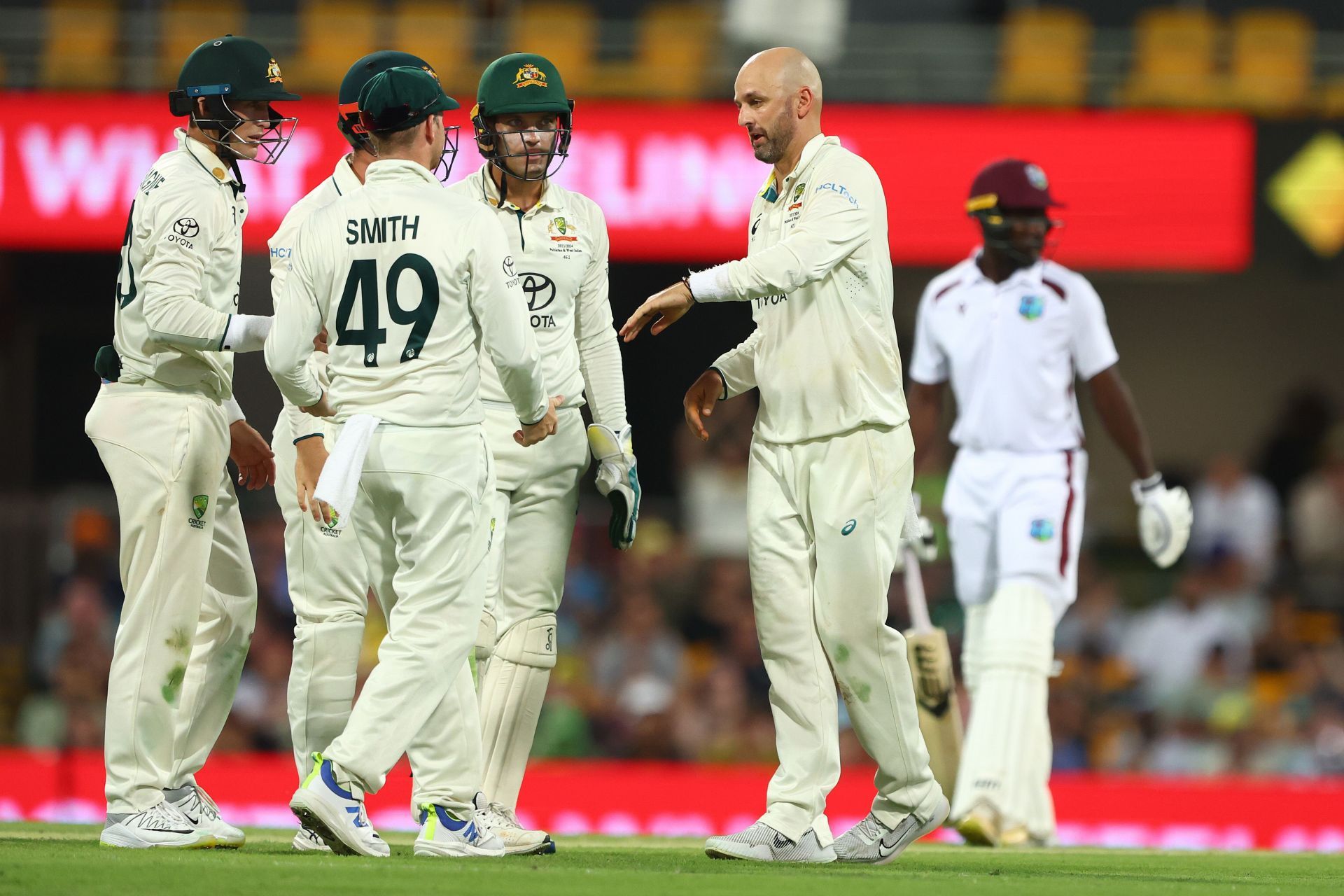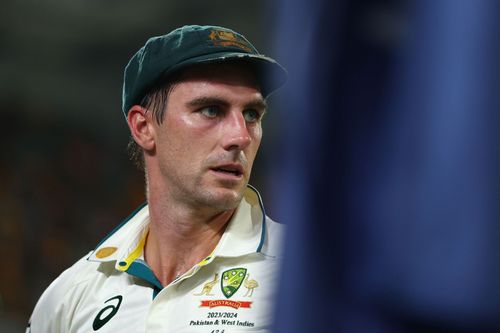
Team India look vulnerable but how do Australia's preparations stack up ahead of Border-Gavaskar Trophy 2024-25?
'Fail to prepare, prepare to fail,' they say and it couldn't have hit Team India harder at a more inaccurate time as their fortress came crashing down, torn into shreds by the unlikeliest of the opponents. A combination of factors - seemingly undercooked Indian batters, supposed failure to pick players according to the conditions, captain's visibly polarising decisions - amongst others were responsible for what qualifies as the most stunning series defeat in Test cricket's history.
A series victory on Indian soil is what opponents have dared to dream of, but even a draw or winning one Test has remained equivalent to achieving the holy grail. Yet, New Zealand, often known as India's kryptonite, landed the most telling blow on them in both sides' history. Rohit Sharma and company, on a roll, were overwhelming favorites against a nation that hadn't won a Test in the sub-continent nation since 1988. However, the Kiwis managed to win in all three Tests to scale this generation's Mount Everest.
The result for India might have come at the wrong time but might not be at an unwanted time. A papering-over-the-cracks series win over New Zealand could have setbacks hit India harder than expected in Australia. With an earth-shattering defeat, the think tank can finally address their woes heading Down Under.
But it's not the best place to be before any overseas series, let alone a tour of Australia. To cut things short, Team India are looking vulnerable on almost all fronts and while they have the players who were part of the heist in 2020-21, it remains to be seen if they can lift themselves from the debris of 3-0 piled on by the Blackcaps.
How do Australia's preparation stack up?

Yet, are Australia any better placed or are their preparations where they must be? To put things in perspective, they are almost on the same boat as their opposition - an aging, far from foolproof batting unit and a makeshift opener set to be slotted in, much like how the tourists are likely to, at least in the first Test in Perth.
If conditions are likely to be Australia's friend when it comes to swinging the fellow, here's the reality check. According to a report by Perth Now, the bowling average since the 2020-21 leg against India down under has dropped to 52.2 from 66. If that sounds alarming, the only Australian to score a hundred last summer was David Warner.
Furthermore, bowlers like Prasidh Krishna and Mukesh Kumar exploited movement off the surfaces in the A games to leave Australia's top order in trouble. The home side's batting unit was found wanting even on relatively tricky surfaces when India visited down under the last two times.
Add to the fact that the Aussie top-order batters have had inconsistent returns in their limited Sheffield Shield appearances after not playing Tests since March. To compound the tricky nature of the summer, the season also includes a pink-ball Test - the type of fixture that is no longer insurmountable for a visiting side, as the West Indies showcased in the last summer.
If not for the 36-all-out meltdown from the visitors in Adelaide during their previous trip, could Australia have drawn confidence out of playing a day-night fixture? It could be down to Australia's bowlers again but only if managed well and prevent them from running out of steam.
What Australia can learn from Australia A vs India A games?

The four-day Tests between India A and Australia A invariably helped the selectors zero in on the opener they wanted to select in the senior men's team. However, the A players certainly reiterated the most critical of the fundamentals of Test-match batting - spending time at the crease.
Nathan McSweeney has almost certainly earned his maiden call-up through the virtue of batting time in the A games - characterized by facing 131 and 178 balls in both innings of the first unofficial Test in a bid for victory. Marcus Harris and Sam Konstas - two men who narrowly missed out on the opening birth also showcased the need to bat time to achieve success in the second unofficial Test.
It was also the formula expertly executed by Cheteshwar Pujara to grind down Australia's attack to dust on the last two occasions. As Marnus Lauschagne hopes to replicate that, it might be worth reflecting on Steve Smith's statement of the need to toughen it out and how things get easier with time after a humiliating innings defeat in Hobart in 2016.
Whatever the result of this series, a change of guard is likely to follow when Australia host England for an Ashes series next year. But firstly a handful of this generation of players will want to tick off the elusive assignment of not winning a series over India. And they must earn it.